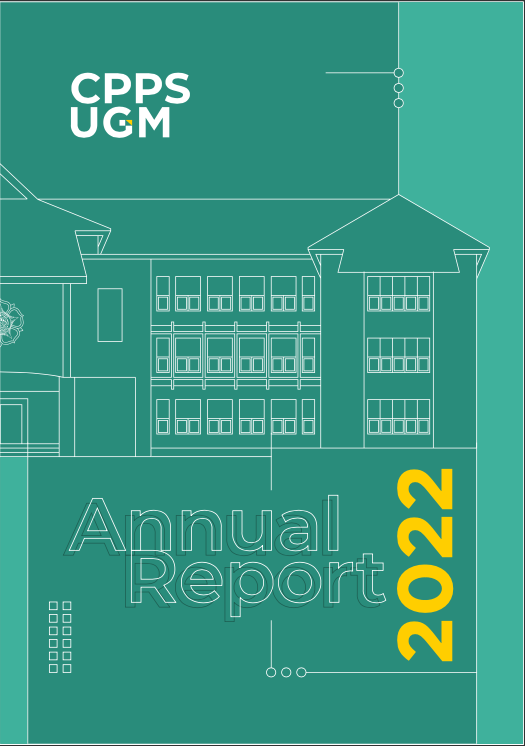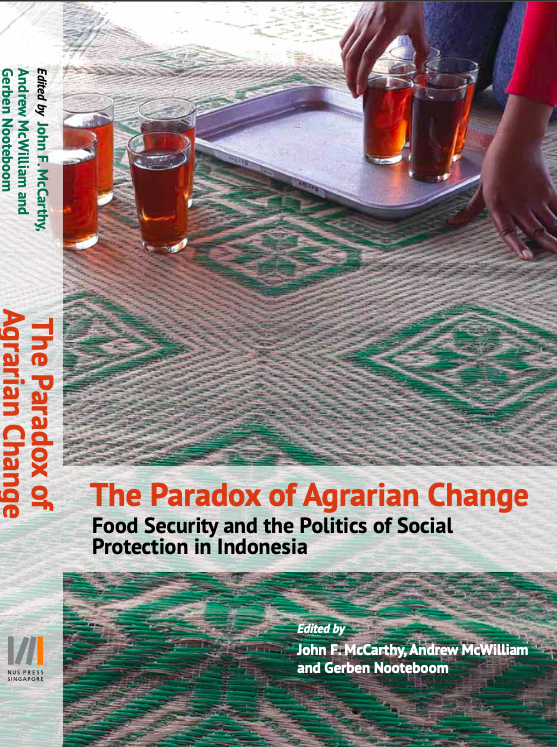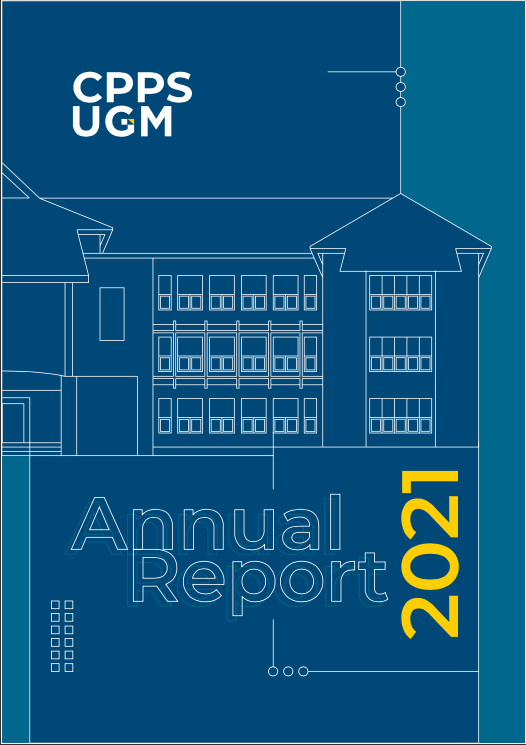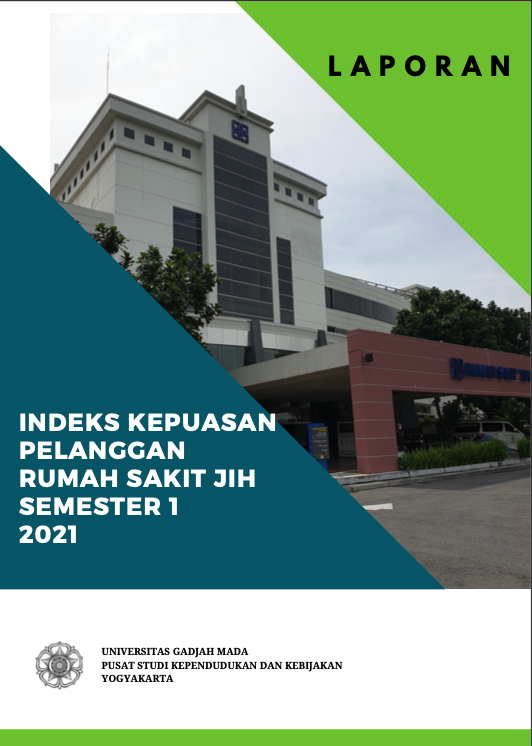Populasi Volume 10 Nomor 1 Tahun 1999
|
Krisis Nasional: Respons Penduduk Miskin dan Pemerintah
Muhadjir Darwin
The acute and complex national crisis persisting in this country has in general worsened the quality of life of the poor. However, empirical studies in five Javanese villages found that the impact of the crisis varies among different social groups, such as peasants, labors, small entrepreneurs and traders. This paper elaborates a number of factors that make the crisis affect differently to different people. This paper also shows how the poor develop their strategy of survival during the crisis and how government programs which attempt to eliminate the impacts of the crisis to the poor are in fact has failed to match the way the poor deal with the crisis.
Krisis Ekonomi, Daya Tahan Penduduk, dan Social Security: Kasus Jatinom di Jawa Tengah
Irwan Abdullah
The economic crisis that has been going on since 1997 has had different consequences in various areas. These differences have also provoked a series of discussions about whether or not there is indeed any impact from this crisis, or how far of this impact can be observed. By looking at the case of Jatinom, this study indicates that a community that does not suffer the impact of the crisis is mainly because of the supportive nature of the local resources. This includes the elastic nature of the agricultural sector and self-reliance of the community, which is manifested through a series of strategies that have been historically developed. The communal perception and reaction of Jatinom community towards the crisis is indeed a reflection of their elastic-optimistic attitude. They never portray an attitude of just being on the receiving side. They are instead preoccupied with productive economic activities, which are based on calculative considerations. This paper also emphasizes that the crisis should actually be looked at from a historical perspective in order to have a more detailed and contextual understanding about the impact of the crisis.
Krisis dan Nasib Buruh di Perdesaan
Faturochman
Farm and convection workers, who are part of the poor, have become even poorer during the economic crisis. Looking at their income in two different time periods, these groups have experienced an increase, but expenditure has instead been higher than income. Subjectively, these people indeed acknowledge that they have faced numerous problems during the crisis. Ironically, a number of them do not regard this as something that has increased their suffering. By some coincidence, there are employment opportunities in the study area that can potentially be used to survive. It is, however, difficult to predict how long this situation can sustain. They do not only suffer the consequence of sky rocketing prices of basic needs, which has eroded their purchasing power, but they also share the pain suffered by their employers. Their high dependence on the convection entrepreneurs, landowners and plantation entrepreneurs has made them very vulnerable to economic changes that take place like the current crisis.
Dinamika Pengusaha Industri Cor Logam di Masa Krisis
Susi Eja Yuarsi
Initially, metalworking can be quite reliable because, besides its substantial contribution to the economic progress of the local population, it has also absorbed a very substantial proportion of labor force, both local and from other districts. From the onset of the current economic crisis, metalworking has experienced a tremendous decline. This has been mainly due to the high production cost, which cannot be compensated by the low selling price. The undesirable consequence of this trend is that many entrepreneurs have been forced out of business, hence, stopped production. The few who have persisted in business must really strain themselves for the sake of business survival. Their effort is mainly to keep the production cost as low as possible. This can be achieved by reducing the quantity of raw materials used, closer and tighter monitoring of the production process, and changing the system of paying workers. Although these efforts have been applied, the limited number of orders that they receive has forced most of the entrepreneurs to suspend production. There is therefore, an urgent need to seek alternative solutions to this pressing problem.
Sriharjo Pada Masa Krisis
Pande Made Kutanegara
Generally, it is assumed that the economic crisis would hardly experienced by people who live in urban areas, mainly those who are in the lowest social stratum. Certainly, some people (experts) are convinced that people who live in the village would not affected by the impact of stagnating national economy. Recent studies, however, show that almost all of social stratum in Indonesia, both in cities and villages, are hit by the crisis but the intensities of its varies from one group to another. There are many factors to be considered in discussing impacts of crisis, i.e social, economy, and demography, as well. This article will clearly describe how people from various strata in the village perceive and how do they cope with the crisis.
Resistensi dan Fleksibilitas Penduduk Perdesaan Lahan Kering
Tukiran dan Agus Sutanto
The various forms of crises that have occurred at national and regional scale have not yet been fully felt in the dry areas, particularly in Gunung Kidul, Yogyakarta Special Province. Interesting, these rural dry areas have been very resistant and flexible in facing the impact of the economic crisis. The major factor that has made this possible is self-reliance, which was triggered by the low degree of dependence on other places for various necessities. Most of the places provide them for themselves. As far as providing basic necessities are concerned, the rural community has not yet shown symptoms of anxiety. Some saving has actually been carried out, but there is not yet any sufficient evidence of drastic decline in quality and quantity. From the beginning of the economic recession until today, saving for general (public) benefit, especially in social issues – (communalism), which is usually difficult to establish, could be easily accepted with no resistance from the community. The prospect of the rural economic sector of the dry lands can be divided into two broad categories that are the survivor sector, and the inferior sector. The survivor sector comprises of economic activities that will continue to persist even if there is no growth, like agriculture and animal husbandry. The inferior sector on the other hand, include those activities, which are not very effective in addressing the economic crisis, and even potentially risk vanishing, like industry, trade and service sectors. The biggest impact is however, more felt in the non-economic sector, particularly those to do with services like health and family planning.
——————————
Cara Berlangganan
1. Mengisi formulir berlangganan
2. Transfer biaya langganan melalui rekening Bank Niaga Cabang Soedirman Yogyakarta, No. Rek. 018-01-1412-00-3, atas nama YP3K UGM
- Harga eceran: Rp 15.000,00 / eks
- Langganan P. Jawa: Rp 40.000,00 / tahun (sudah termasuk ongkos kirim)
- Langganan Luar P. Jawa: Rp 50.000,00 / tahun (sudah termasuk ongkos kirim)
3. Fax formulir berlangganan dan bukti transfer ke 0274 – 556563 atau 582230
Petunjuk Bagi Penulis
Redaksi menerima kiriman artikel dengan ketentuan sebagai berikut:
1. Artikel belum pernah dipublikasikan oleh media cetak lainnya.
2. Artikel dapat berupa hasil penelitian (lapangan, laboratorium, kepustakaan), gagasan konseptual kajian, dan aplikasi teori, serta ulasan buku.
3. Naskah ditulis dalam bahasa Indonesia atau bahasa Inggris, diketik spasi 1,5 pada kertas ukuran kuarto atau A4, jumlah halaman antara 25 sampai dengan 30 halaman, termasuk daftar pustaka, tabel, dan gambar/peta.
4. Artikel ditulis dalam bentuk esai dan berisi:
- Abstrak (50-75 kata) dengan bahasa yang tidak sama dengan bahasa artikelnya,
- kata-kata kunci (2-4 kata),
- identitas penulis (CV ringkas),
- pengantar/pendahuluan (tanpa sub-bab) memuat latar belakang masalah, sedikit tinjauan pustaka, masalah atau tujuan, dan kerangka pemikiran teoritis. Pembahasan disajikan dalam sub-bab-sub-bab,
- kesimpulan/penutup,
- daftar rujukan / pustaka yang diacu harus pakai dan masuk dalam artikel.
5. Daftar pustaka ditulis dengan tata cara mengurutkan secara alfabetis dan kronologis, sebagai berikut:
- Buku: nama penulis, tahun penerbitan, nama buku (dimiringkan), kota penerbitan, dan nama penerbit
- Salah satu bab/bagian dalam buku: nama penulis, tahun penerbitan, judul bab/bagian (ditulis dalam tanda petik), dalam nama buku (dimiringkan), nama penulis buku, kota penerbitan, nama penerbit, halaman … hingga …
- Jurnal/majalah: nama penulis, tahun penerbitan, judul artikel/jurnal/, volume … nomor … halaman … hingga …
6. Naskah dikirim sebanyak dua eksemplar disertai file artikel (CD) dengan menggunakan pengolah kata (Microsoft Word) ke Redaksi Populasi, Pusat Studi Kependudukan dan Kebijakan UGM, Bulaksumur G-7, Yogyakarta 55281. Dapat pula dikirim melalui email populasi@cpps.or.id
7. Kepastian pemuatan atau penolakan naskah dikirim secara tertulis. Artikel yang tidak dimuat tidak akan dikembalikan, kecuali atas permintaan penulis.





